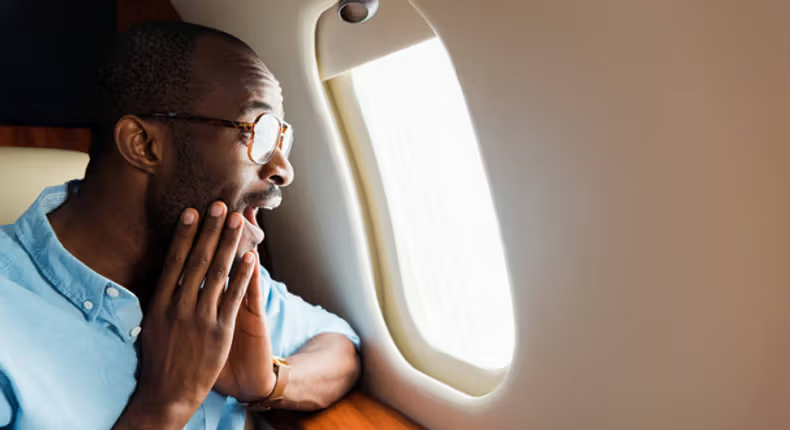Airplane windows are constructed with small holes for a specific purpose related to maintaining the integrity and safety of the aircraft during flight. Here’s a breakdown of why these holes exist and their function:
1. **Equalizing Pressure**: The small holes in airplane windows serve a crucial role in equalizing the pressure between the different layers of glass that make up the window. This pressure equalization is essential to ensure that the windows can withstand the varying pressures experienced during different stages of flight, such as take-off, landing, and cruising at altitude. Without these holes, the difference in pressure could potentially lead to the window cracking or even breaking under stress.
2. **Safety and Structural Integrity**: By allowing pressure to equalize across the layers of glass, the holes contribute to the overall structural integrity of the window. This helps to maintain the safety of passengers and crew by preventing any compromise to the window’s ability to withstand the forces exerted during flight.
3. **Operational Considerations**: During takeoff and landing, airplane windows are required to be open for reasons beyond passenger comfort or photography:
– **Observation**: Flight crew use the windows to visually monitor the exterior of the aircraft, ensuring everything is functioning normally and responding quickly to any issues that may arise.
– **Rescue Operations**: In the event of an emergency evacuation, having windows uncovered helps crew assess conditions outside the aircraft and coordinate efficient evacuation procedures.
– **Passenger Awareness**: Having windows uncovered allows passengers’ eyes to adjust to external lighting conditions, whether it’s daylight or darkness, aiding in evacuation readiness.
In conclusion, the small holes in airplane windows are deliberately designed and serve a critical function in maintaining safety and operational effectiveness during flights. They ensure that the windows can endure the demanding conditions of air travel while also facilitating necessary visibility and response capabilities for flight crews and passengers alike.
